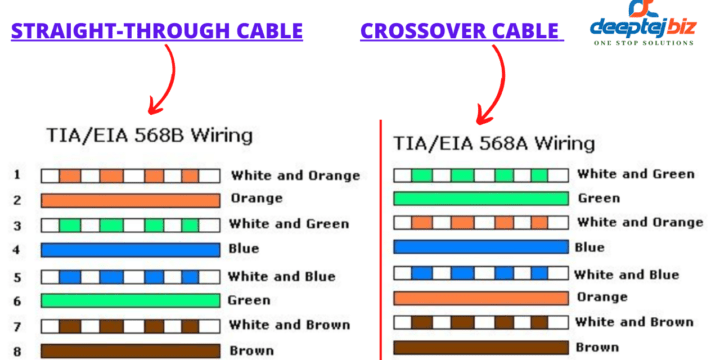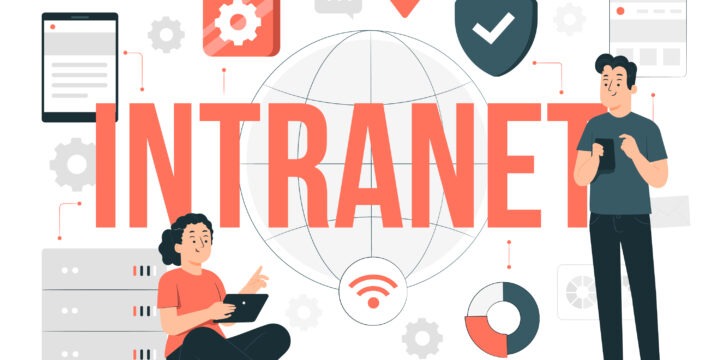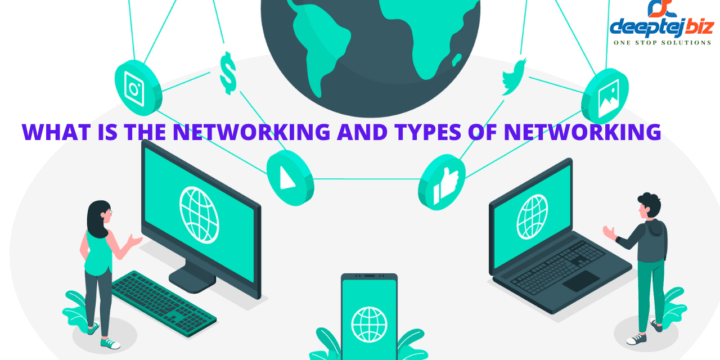
How to avoid credit card fraud: Top 10 Tips for Safe Credit & Debit Card/ATM Usage
10 Important Tips to Protect Your Credit Card from Frauds By following these top 10 security practices, you can significantly enhance the security of your credit and debit card usage and protect yourself from fraud, identity theft, and financial loss. Always remember that vigilance and proactive measures are key to maintaining the safety of your financial transactions. In our increasingly digital world, credit, and debit cards, along with ATM transactions, have become indispensable tools for managing our finances. However, with the convenience of electronic payments come security risks. Choose Reputable Financial Institutions Selecting a trustworthy financial institution is your first line of defence. Opt for established banks or credit unions known for their robust security measures and customer protection policies. Choose well know government banks like SBI, Axis, IDBI, BOM,…






